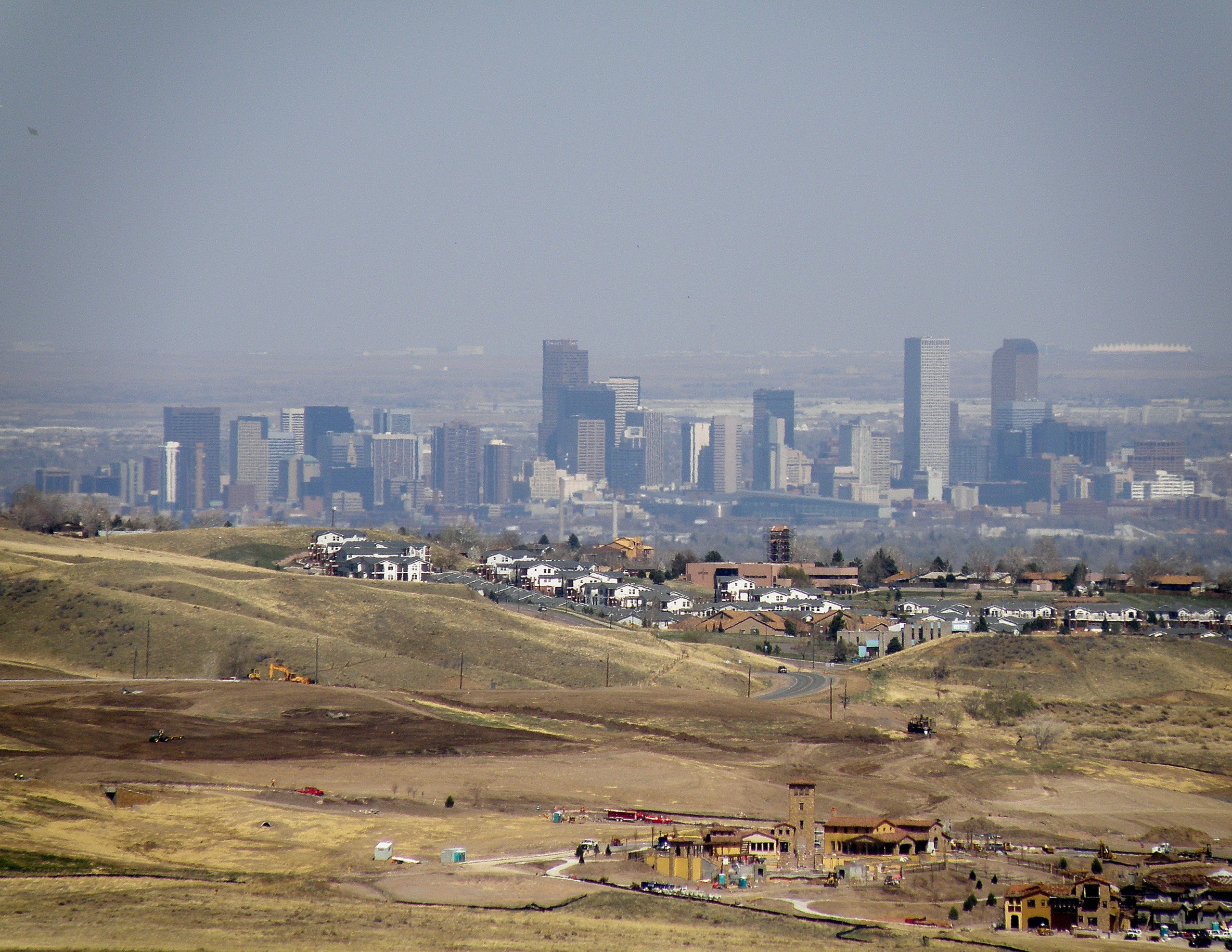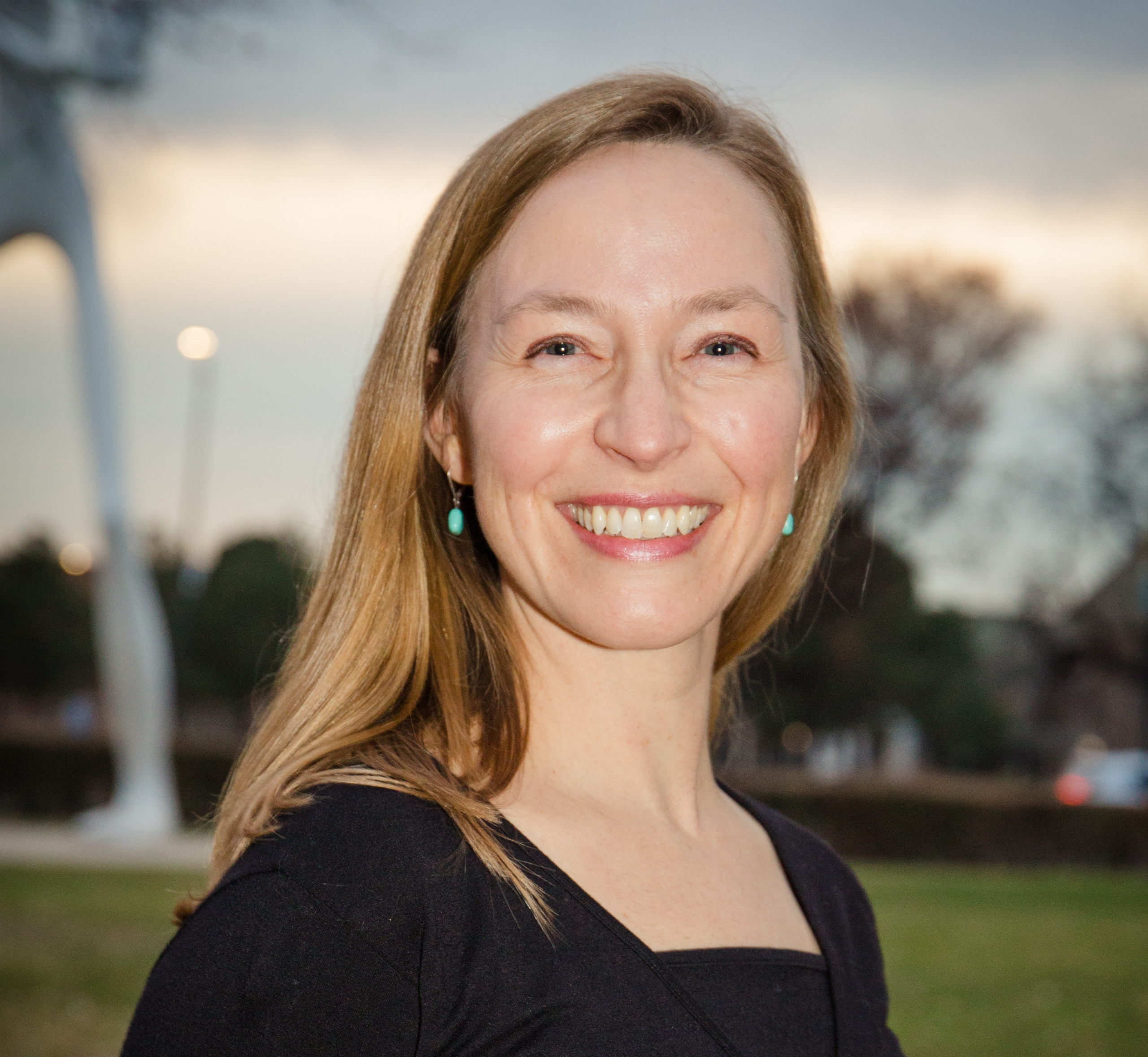
RAQCs, SIPs, NAAQS, oh my! Here’s what the acronyms mean and why they’re critical for reducing ozone pollution
Clean Air Advocate Kirsten Schatz breaks down what an ozone SIP is and why we need the AQCC to approve a strong plan in December to clean up our air in Colorado.
RAQC, SIP, AQCC, NAAQS, NOx, VOCs — you may feel like you’re swimming in a sea of acronyms when it comes to learning about ozone pollution in Colorado, but over the next six months, these acronyms will be key to cleaning up our air.
And clean up our air, we must.
This past summer, we had 46 days with ozone alerts in the Denver metro area — days when public health professionals warned people to limit exercise and time outdoors, especially if you have health conditions.
We have the tools to tackle ozone pollution in Colorado. We need to use them before next summer’s ozone season.
Here’s our conversation with some of the region’s top clean air experts on what causes our ozone problem and what we can do about it:
CoPIRG Ozone pollution webinar - July 2022
So why do we have ozone alerts (and why is that a problem)?
It all starts with ground-level ozone. We want ozone high up in the atmosphere – the “ozone layer” – deflecting harmful rays, not down on the ground where we can breathe it.
Ozone pollution can cause or exacerbate not only respiratory health issues such as asthma and even lung damage, but also cardiovascular disease, stroke, Alzheimer’s Disease and diabetes.
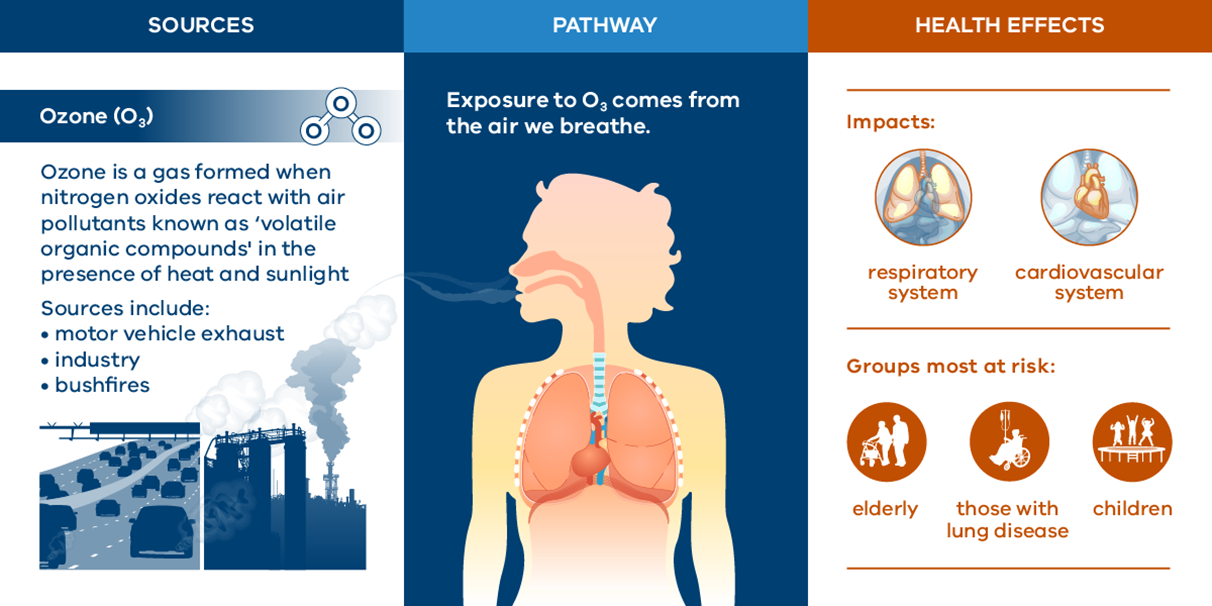
© Copyright State Government of VictoriaPhoto by Environment Protection Authority Victoria | CC-BY-4.0
For a deeper dive on the health impacts of ozone, check out this blog and our interview with Dr. James Crooks who is a researcher at National Jewish Health.
Unfortunately, our ozone levels are bad on the Front Range (with the worst area extending from metro Denver north to Fort Collins and Weld County). Recently, the EPA downgraded us from “serious” to “severe” on their nonattainment scale.
In other words we’re severely missing the EPA’s air quality standards.
In addition, the latest American Lung Association report cited the Denver/Aurora area as 7th worst in the nation when it comes to ozone.
What’s the recipe for dangerous ground-level ozone?
Our abundant sunshine and hot days, which we’ve been experiencing more and more in recent years, mix with pollutants such as nitrogen oxides (NOx) and volatile organic compounds (VOCs) to create ozone. Because of the role that sun and heat play, we tend to see the highest ozone levels in the summer.
Our top sources of ozone-forming pollutants are transportation, including personal cars; oil and gas operations and industrial emissions.
The meteorological impacts on ozone in the Denver metro area are fascinating and I recommend you hear Gregg Thomas, Director of Denver Department of Public Health and Environment’s Environmental Quality Division and a trained meteorologist, explain it on our webinar (around the 7 minute mark).
I was surprised to learn that on summer afternoons, air actually moves west FROM the I-25 corridor TOWARDS the foothills along the Front Range, causing air to “stack up” where the sun can start cooking up ozone from the component pollutants.
The resulting ozone builds up through rush hour, and eventually starts to subside in the evening – earlier if we’re lucky enough to get an afternoon thunderstorm. Director Thomas points out that all it takes is one hot, sunny day (in a state known for our sunny days) for ozone pollution levels to spike to unhealthy levels.
So what are we going to do about it?
We need a strong plan, called a SIP, that reduces pollutants. While the situation is dire, we have the tools to solve the problem. But first we need to navigate some alphabet soup. (Check out the handy glossary at the end of this post!)
Since 2012, the region from Denver up to Fort Collins has been failing to meet health-based air quality standards (or NAAQS) that came out of the Clean Air Act. To address this, the region has been required to develop a series of ozone “SIPs,” or State Implementation Plans, over the years.
Essentially, the state implementation plan is our blueprint for lowering ozone pollution.Alexandra Schluntz
Earthjustice Associate Attorney
Unfortunately, past SIPs have failed to bring ozone levels down enough.
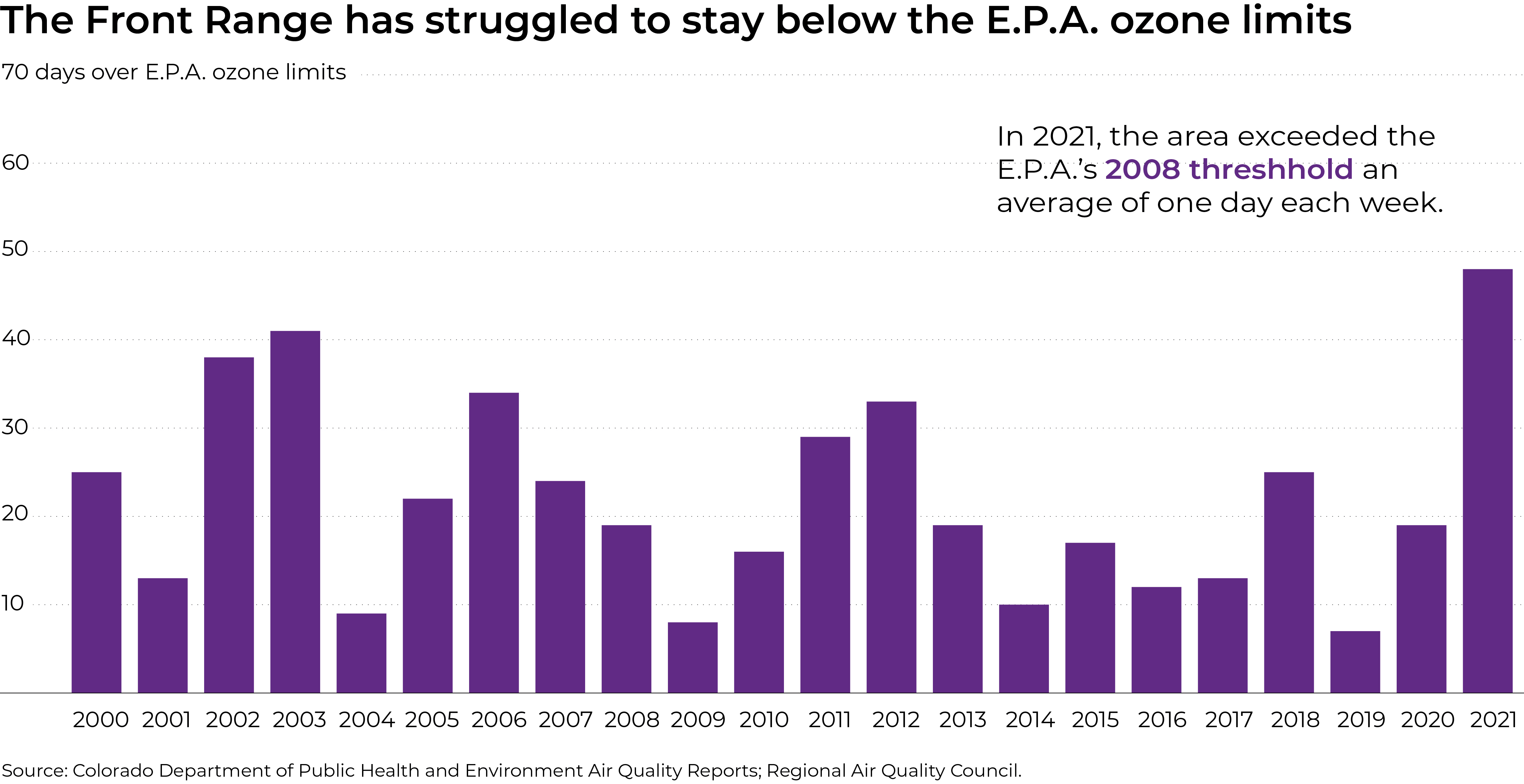
Photo by CDPHE | Public Domain
And the latest SIP, approved by the Regional Air Quality Council (RAQC) on Aug 5, 2022, shortly after our webinar occurred, acknowledges that we are still not on track to meet air quality standards in the next couple of years.
Our panel of experts agreed that what we need is a SIP that actually has “control measures” – policies or actions that reduce ozone pollution.
The SIP now heads to the state Air Quality Control Commission (AQCC), which officially launched their public review process on September 15.
On the one hand, it’s unfortunate there are so many sources of pollutants that lead to ozone pollution … on the other hand, it gives us an awful lot of places we can tackle.Danny Katz
CoPIRG Foundation Executive Director
So which actions should be included in our ozone reduction plan?
Over the last year, we’ve been working hard to lift up the many solutions our state should implement to reduce air pollution.
But we also asked these experts for their ideas and got many including:
- Adopting California’s Advanced Clean Cars II standards
- ‘Indirect source rules’ that could, for example, address emissions associated with large new warehouses
- ‘Employer trip reduction programs’ for large employers to reduce the impact of workers commuting
- ‘Timeouts’ for the oil and gas industry drilling on high ozone alert days.
- Shifting away from gas-powered lawn maintenance equipment
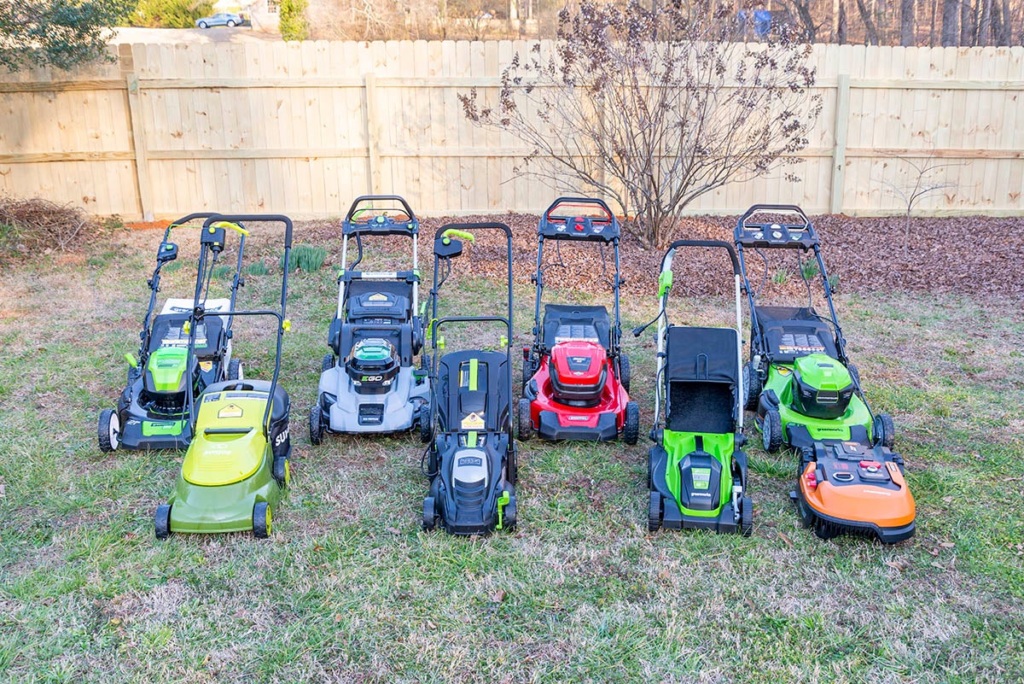
Eight different models of electric lawn mowersPhoto by Mark Wolfe via BobVila.com | Used by permission
“This is a ‘yes/and’ situation: We need more controls on oil and gas, certainly, as well as the transportation sector … One really straightforward control measure that the RACQ could adopt now is something like requiring a flare minimization plan at Suncor [a large refinery in Commerce City]. That would help tackle ozone pollution as well as localized air pollution in disproportionately impacted communities, so it’s a win-win,” explained Alexandra Schluntz.
Timing is critical, too. Every year in which a SIP is adopted without meaningful pollution reduction measures means another delay of a year or two before we make the next SIP.
The key is we need to keep working, as a region, before we’re required to submit another SIP in a few years; we need to be working and having these hard conversations so that when that time comes, if it comes, that we are ready. And we’re not going to lose a couple years of then just starting that conversation, and waiting for implementation.Gregg Thomas
Environmental Quality Division Director, Denver Department of Public Health and Environment
Opportunity for the AQCC to strengthen our SIP
The AQCC public review process offers us our next chance to strengthen the SIP and put us on track to have the clean air that we all expect and deserve.
Unfortunately, Colorado has a track record of not being aggressive enough with past plans to sufficiently address the root sources of dangerous ozone pollution here on Colorado’s Front Range.
Our panel of experts agreed that starting the process off right with the strongest possible SIP coming out of the RAQC would have been the best scenario but barring that, there are steps along the way for the public to weigh in and demand the AQCC strengthen the plan.
As Danny Katz pointed out, “There is … an opportunity here in terms of the RACQ and the AQCC to step up and put us on the right path. … This is a pivotal moment; we can’t really afford another few years of not being proactive.”
On September 15, the AQCC officially kicked off their process of reviewing the SIP. The commission will solicit feedback from the public between now and December, when they’re expected to issue their approval of a plan before it’s submitted to the EPA.
To submit your feedback to the AQCC during this public comment period, please sign this petition.
If you’d like to get more involved, including possibly attending and testifying at the AQCC ozone SIP hearing on December 13, 2022, please sign up here.
Acronym glossary:
SIP: State Implementation Plan
RACQ: Regional Air Quality Council (Colorado). Consists of 21 board members, including some local elected officials, and is supposed to have good representation from north to south across the Front Range. Commissioners are appointed by the governor.
AQCC: Air Quality Control Commission (Colorado) – state regulatory body that reviews, modifies and approves the SIP before it heads to the AQCC.
NAAQS: National Ambient Air Quality Standards
NOx: Nitrogen oxides
VOCs: Volatile Organic Compounds
EPA: U.S. Environmental Protection Agency (federal)
Topics
Authors
Kirsten Schatz
Clean Air Advocate, CoPIRG Foundation
Kirsten joined CoPIRG's staff in 2022 and is focused on fighting for clean air for Coloradans and transforming transportation systems. Previously, she oversaw The Public Interest Network's efforts to engage alumni/former employees and volunteers in the network's work, specializing in communications and organizing events in dozens of cities. Kirsten lives in the Denver area with her husband and two children, where she is an avid hiker, biker, church choir member and gardener.
Find Out More
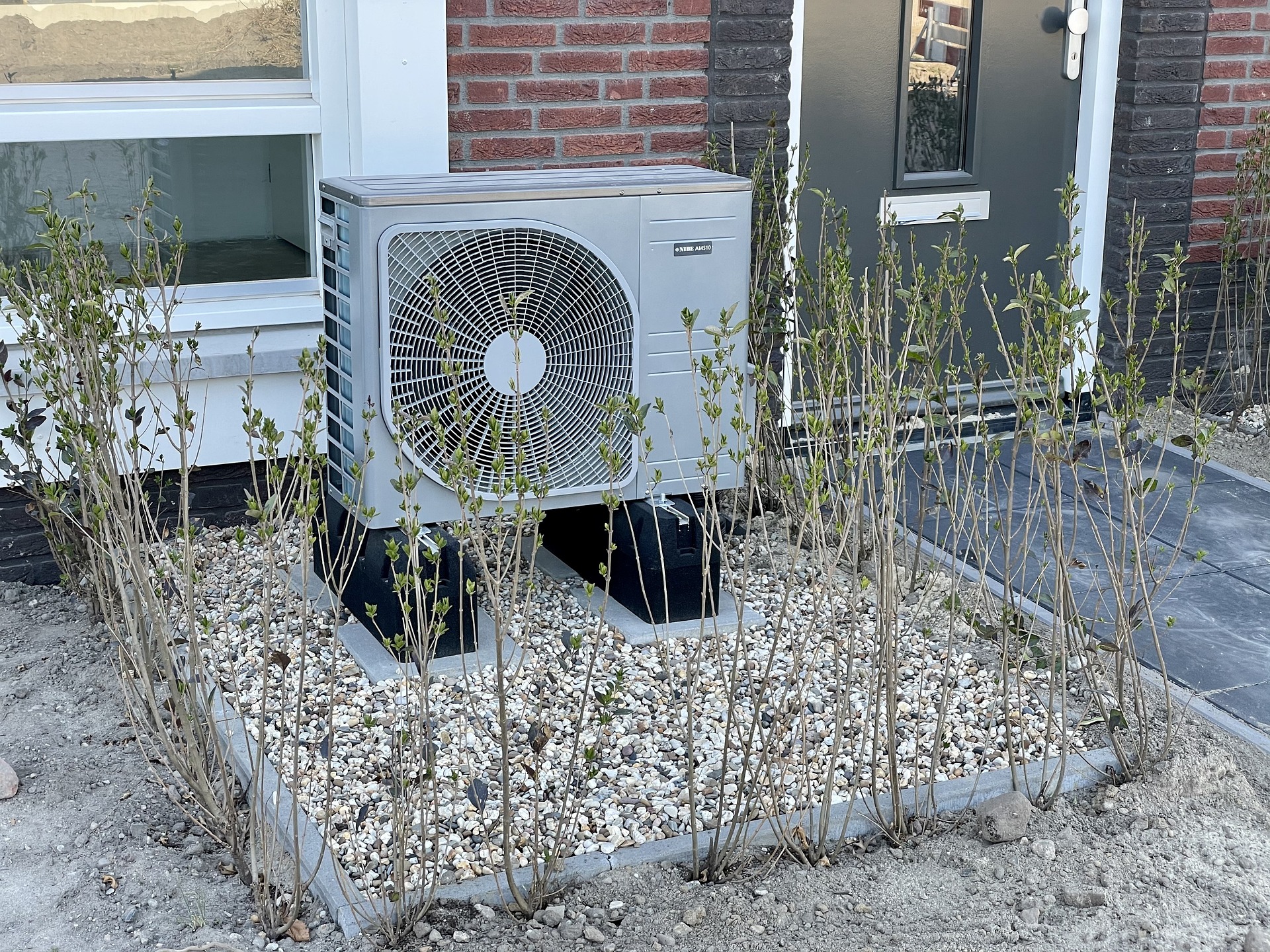
What is Clean Heat?
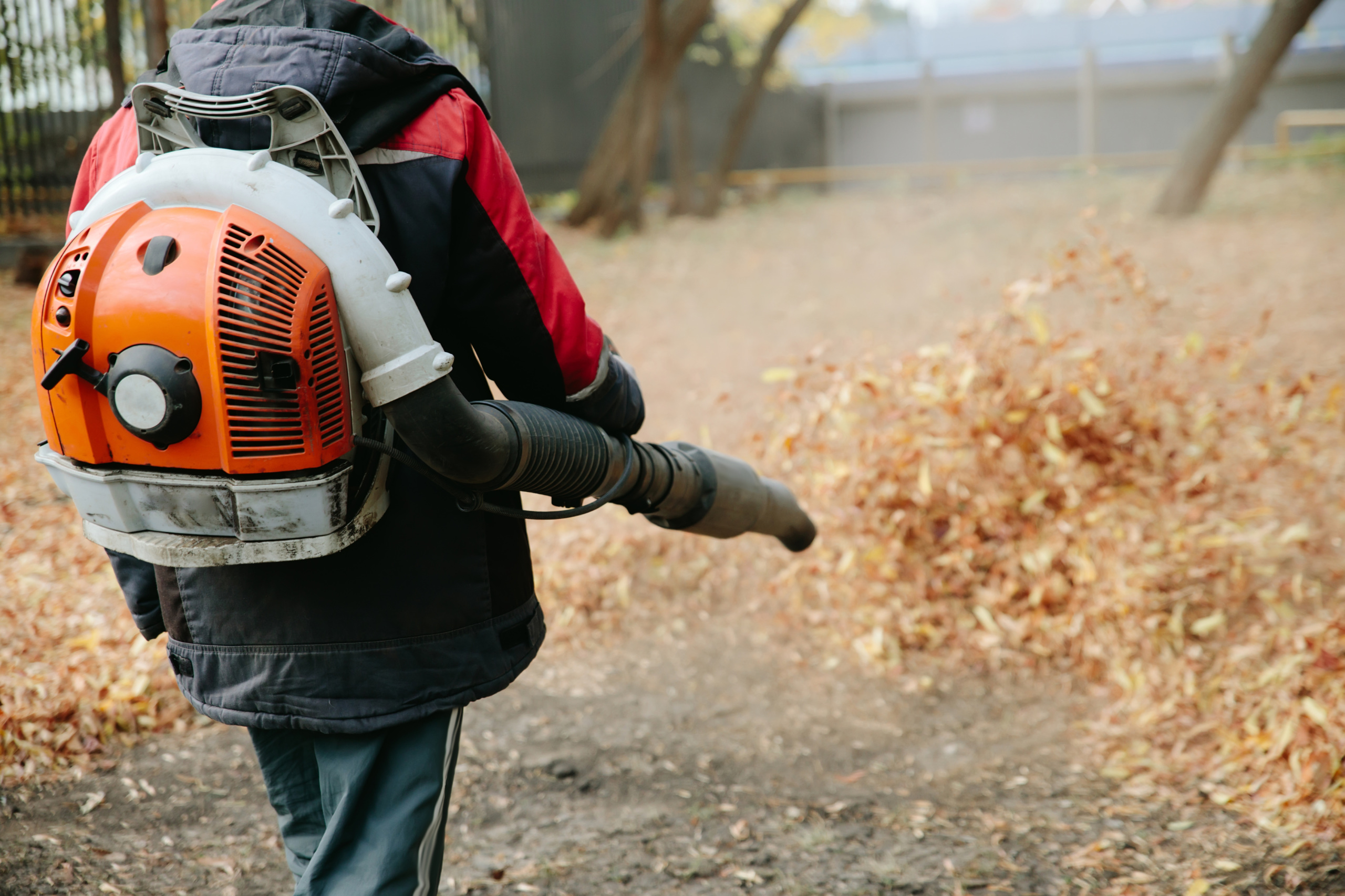
Cleaning up our air by shifting to electric lawn equipment

A look back at what our unique network accomplished in 2023

